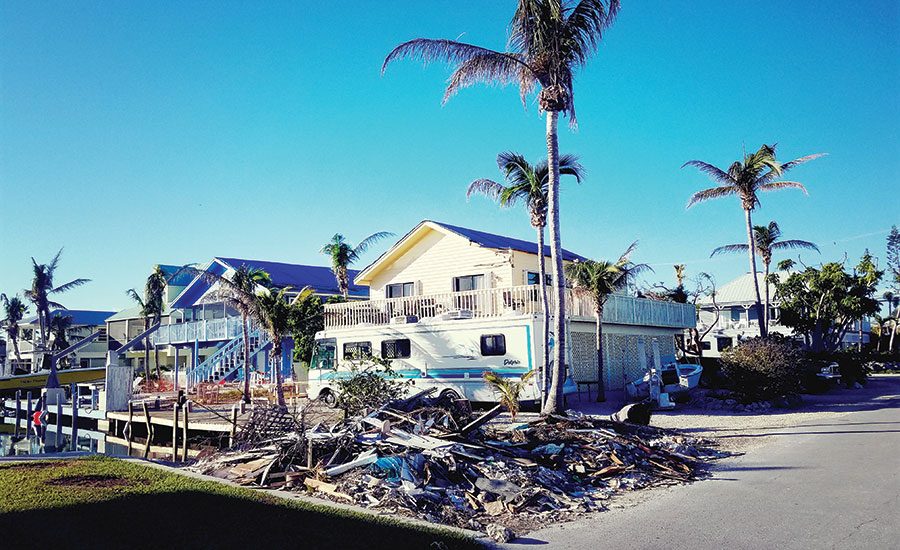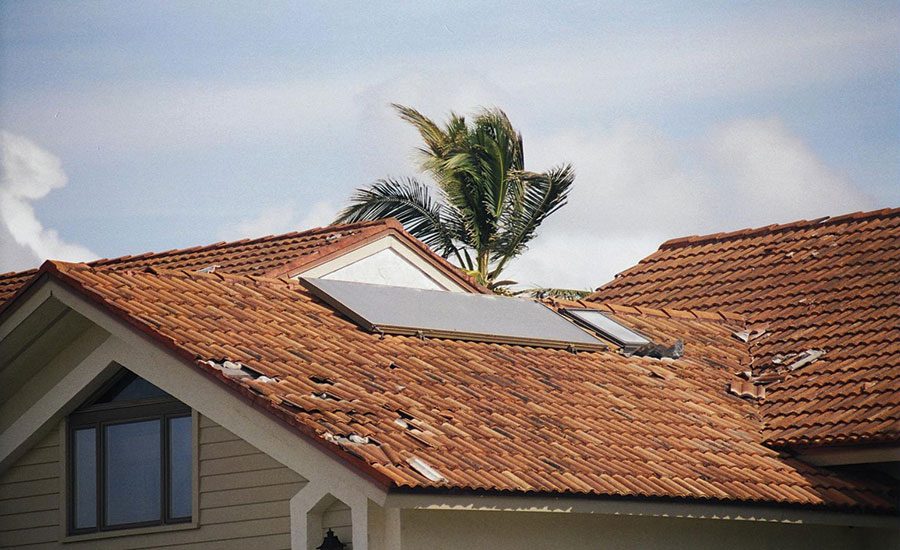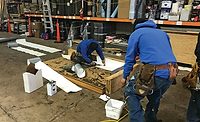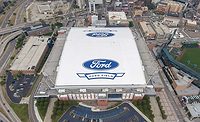The Case for Resilient Roofing a Year after Memorable Hurricanes


the impact of Hurricanes Harvey, Irma and Maria — an estimated $265 billion in damage — will be felt by the people of Southeastern Texas and Florida for years, if not decades, to come.


A new storm season is here. Hurricanes Harvey, Irma and Maria — the trio of storms that devastated the Gulf Coast and much of the Caribbean last year — have come and gone. And yet, their impact — an estimated $265 billion in damage — will be felt by the people of Southeastern Texas and Florida for years, if not decades, to come.
The weather results are in and wind speeds exceeded sustained levels of greater than 135 miles per hour. Then the rains came and stalled over Texas to unleash record levels of more than 50 inches of rain in some areas before it slowly made its way on a northeasterly path. Dumping “just” 10 inches of rain on nearby counties in its path with winds of “only” 45 miles per hour. The Florida hurricanes were characterized by violent winds.
Aerial photos show the devastation on coastal communities, as well as flooded streets and neighborhoods that could only wait for the rain to dissipate before they could begin the long, soggy task of remediation. Boats were dislodged in streets. Houses were saturated. Roofs, decks, walls and other structures of commercial buildings were torn apart by high winds, even tornadoes that swept through the area.
Responding
You’ll continue to hear about the need for change in codes and common practices. Our representatives in government at the local, state, and federal levels pontificated that something must be done to avoid such catastrophes in the future. Insurance companies responded with higher rates and more stringent specifications. Building owners were saddled with the cost of cleaning up, replacing, and preparing for the next weather event.
How should the roofing industry have responded? Did we invade these areas with high hopes for a quick buck, simple temporary solutions, and get out when the demand (and money!) ran out? Or could we learn something from this about the importance of building for resiliency and take steps to provide longer lasting solutions?
Resilience
The U.S. Dept. of Homeland Security has had this issue on their radar for several years. They’ve been promoting and educating the public in regard to resilience in our building practices. The department defines the term “resilience” as “the ability to adapt to changing world conditions and withstand and rapidly recover from disruption due to emergencies.”
It also notes: “Whether it’s resilience toward acts of terrorism, cyberattacks, pandemics, and catastrophic natural disasters, our national preparedness is the shared responsibility of all levels of government, the private and nonprofit sectors, and individual citizens.”
Like the most effective construction solutions, proper design, durable products, and quality craftsmanship will lead to the best practices for resiliency in the built environment. Let’s take a closer look at how each of these disciplines can work together to protect our buildings more resolutely during extreme and adverse conditions so that more time, energy, and money can be spent on caring for people rather than buildings.
Proper Design
The 2007 Hurricane Katrina Wind Investigation Report conducted by the Roofing Industry Committee on Weather Issues (RICOWI) in cooperation with Oak Ridge National Laboratory, states, “The main lesson learned in the Katrina investigation appears to be that roofs designed and detailed according to current codes and standards perform satisfactorily. Older roofs constructed with little concern for the magnitude of the wind pressures at eaves and corners, and roofs installed with poor practices that lead to progressive failure of the roof membrane, were consistently the ones with significant damage.”
The conclusion of the study goes on to point out that insufficient attachment, particularly at the perimeter of the building, was the most common cause of major problems. The attachment of the roofing system to the structural decking is critical for protection against high winds.
How can we apply these conclusions with the need for resilient buildings? First, compliance with codes will lead to favorable performance in the field. This is particularly true in regard to the ANSI/SPRI ES-1 Test Standard for Edge Systems Used with Low Slope Roofing Systems. This standard was updated in January 2017, and is included in the International Building Code (IBC). Unfortunately, enforcement and compliance are too often overlooked, but should become a standard practice for resilient roofing.
Somewhat surprisingly, adhered roofing systems that experienced deterioration in the edge condition were subject to more severe damage than mechanically attached systems. This was surprising to me because adhered systems tend to last longer than mechanically attached systems under ordinary circumstances. A resilient roofing practice would be to “picture frame” the perimeter of the adhered roofing system with either batten strips or plates fastened to the deck. This hybrid approach offers a secondary line of defense that will help to keep the membrane in place near the perimeter, while providing the performance benefits of an adhered system without the common fluttering/billowing effects of mechanically attached systems.
Durable Products
The proper specification and selection of materials for resilient roofing systems will include products that are stouter and offer proven performance against higher winds and airborne debris that may hit the surface of a roof. Thicker membranes with reinforcements will be able to more likely withstand the punishment of hurricane force winds and the objects that may land on a roof.
High-density cover boards made of glass mat gypsum board or polyiso have also distinguished themselves as products that protect the integrity of a roofing system when confronted with objects hurled at them at high speeds, like hail and other debris. They provide an excellent substrate for the roof system that’s compatible to adhesives and membranes. The “hardness” property of these cover boards dually protects the surface from damage as well as insulations below it that are of a lesser density or compressive strength.
Quality Craftsmanship
Not to be overlooked is the quality by which these materials are installed. Building owners are well-advised to select professional roofing contractors with crews that are trained and experienced in the systems they are installing. In years to come, identifying companies that are committed to investing in training for their roof mechanics will be made easier. The National Roofing Contractors Association’s (NRCA) ProCertification program will provide verification that individuals have demonstrated the knowledge and skills to install the most common types of roofing systems.
Building owners should also know that their roof is an asset, and as such, should be professionally maintained. That means the roof should not remain “out of sight, out of mind” once installed. Regularly scheduled preventive maintenance inspections should be completed to ensure that drains are cleared, debris is removed from the roof, and any small deficiencies can be corrected before they turn into big, expensive problems.
As professionals in the roofing industry, experts in our trade, we can help decision makers follow these best practices and offer resilient solutions that extend the service life of roofing systems. That’s our job!
Looking for a reprint of this article?
From high-res PDFs to custom plaques, order your copy today!







